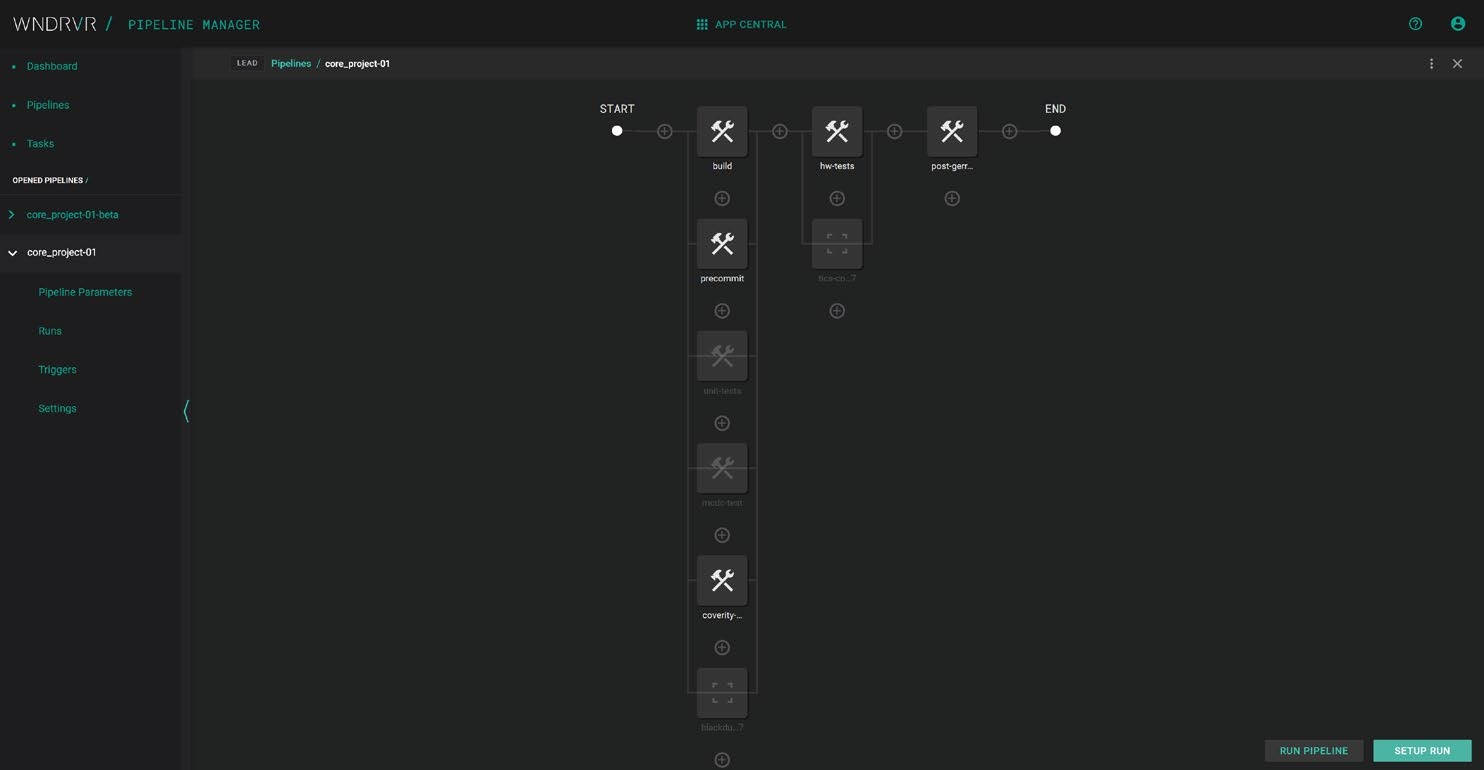Aptiv Integrates Existing Toolchain Investments With Wind River Studio
ACCOMMODATING EXISTING TOOLS
To address those challenges, Aptiv’s radar team was one of the first development groups in the company to implement Wind River Studio Developer. Studio brings development tools and processes into a single environment and automates the software build process — but it does so by integrating with existing tools. For example, Aptiv was able to integrate it with Coverity for static analysis, Gerrit for code review and Git for version control.
While organizations can integrate tools without Studio, one of its key benefits is that it allows integration without IT having to get involved every time. Aptiv’s IT staff used Studio to configure tools as reusable building blocks up front, so developers and even managers can now set up the tools for individual projects through Studio’s easy-to-use interface. The process is more efficient now that the people directly involved in the development process have the ability to optimize the environment for their specific needs.
Importantly, Aptiv also was able to integrate dashboards to provide continuous updates on the health of a project. Studio provides data from other tools to a dashboard, allowing visibility into which developers are meeting the standards put in place — and which are not — on any given day, and project managers can see how the projects are progressing on those metrics over time.
Aptiv’s initial implementation of Studio for a radar project took several months, but rolling Studio out to a subsequent project took just two weeks.

ENFORCED COMPLIANCE FOR BETTER CODE
With merge gates visibly in place, Aptiv is able to enforce peer review and other checks before new code is allowed to be integrated with the rest of the project. Software development best practices are being followed. Through dashboards, project managers can see when peer reviews are happening, unit tests are being conducted and static analysis warnings are being resolved. Any issues with code are being addressed earlier in the development process.
Aptiv found that Studio makes it easier to get new software developers up to speed because the mandatory process of automated checks means that even entry-level engineers can be confident that their code is stable before it is merged into the larger project.
For next steps, Aptiv is looking to integrate more of its testing tools into its Studio pipelines, including software-in-theloop and hardware-in-the loop tests, which are very important considerations for automotive radars. Advanced test orchestration through the Studio Test Automation framework and Wind River Studio Virtual Lab will allow teams to better manage which tests get called, and to automatically collect results.
With the integration that Studio offers, Aptiv now is able to use its best-of-breed development tools in the way they were meant to be used — and it is ready to roll Studio out to more of its development teams.